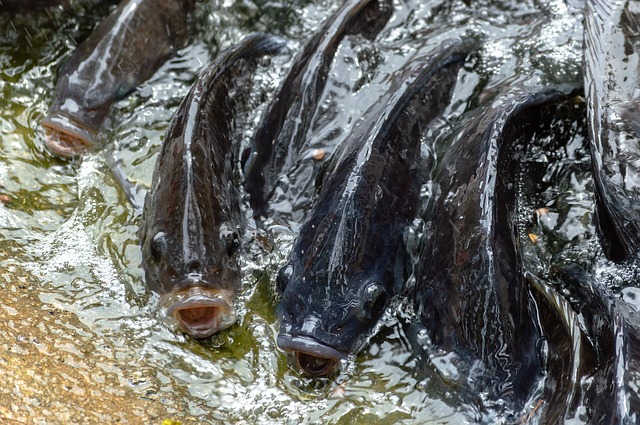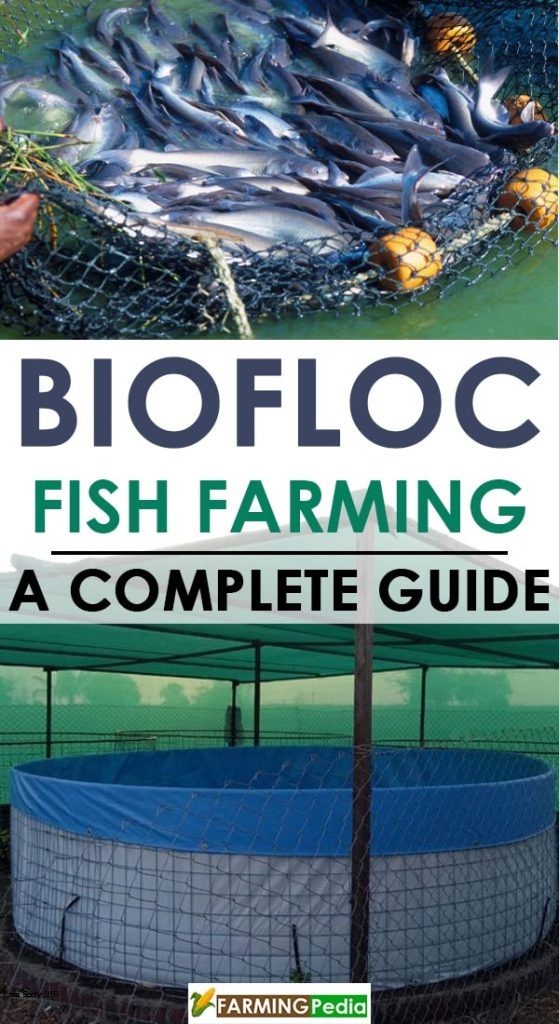Curious to know about Shrimp Farming?
First of all, let’s understand the term. Shrimp means Prawns. So, shrimp farming is a marine farming culture where prawns are produced for public utilization.
The evolution of shrimp farming began in the early 70’s, gradually made its roots to meet the rapidly increasing demand of Japan, Europe, and the United Nations. Then spread its wing all over the world.
Now emerged as a flourishing opportunity to grow heaps and bound. But at the same time, a lot of norms have been set due to concurrent pressure from NGO’s. Altogether it is a profitable business option.
How to start shrimp farming?
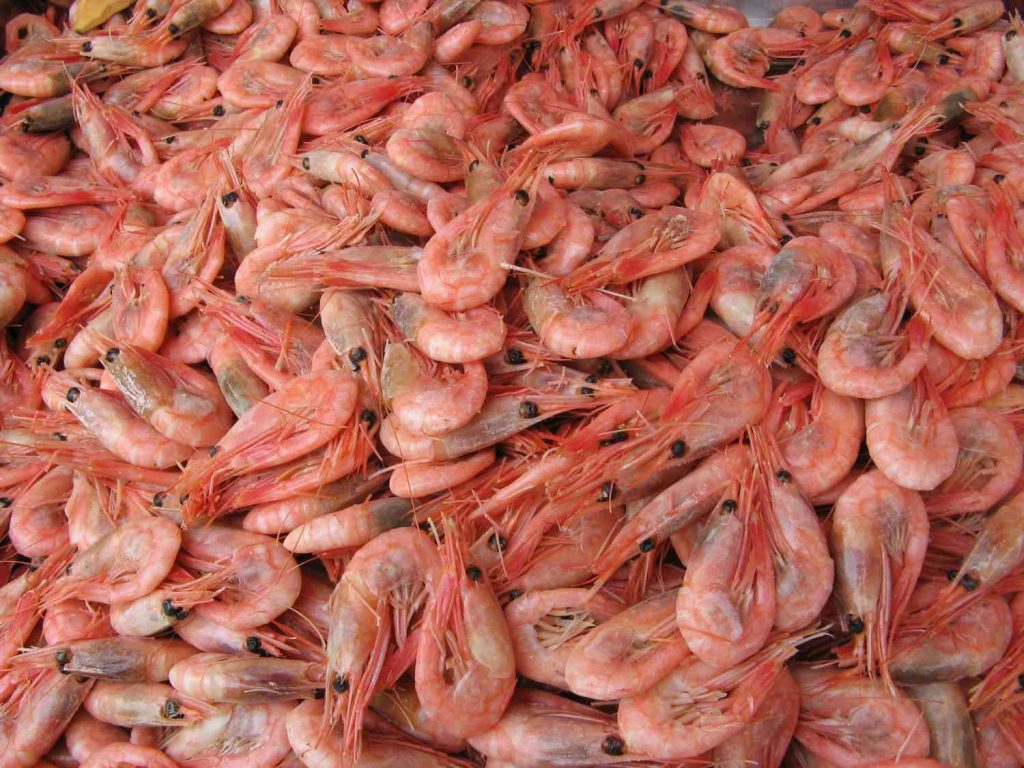
Here we will provide a complete shrimp farming guide to you. With, the trending requirement for shrimp, in today’s era shrimp farming is on the boom. It allures the new business entrants to get into this because of its high profitability.
With gaining fame in the food industry shrimp rearing is at it’s peak these days. Apart, from fish and duck culture, shrimp culture is crazily rising because of the market demand.
To start with you should possess a pond. If you don’t have one no need to get disheartened. It can be acquired on lease. The pond should be of at least 1500 square feet area having a depth of 5 feet. Now let’s go through shrimp farming guide, to get a clear picture of it.
Brief about pond culture
As we know the shrimp farming culture is very old, but still, after so much development, the traditional and old practices are having a stronghold in shrimp rearing. Apart from low monetary investment, they are splendid money catching source.
To increase the production a few practices, need to be incorporated like fixing the pond size, expanding stock quantity, elation, etc. These simple tricks can act as a cherry on the cake.
Essentials for the site:
The basic element for a perfect startup is an adequate size place for raising shrimps. So, the location has to be a perfect one with an abundant water supply. Always keep in mind, commutation from your farm to the market area should be lesser.
This helps to save on transportation costs, plus the stock reaches the market in no time. One more thing also check if the place has a good road network as it is the economical way to reach out.
Selection of Breed
To compete, you need to be among the smartest of the smarter. While selecting a breed for shrimp farming, you just need to keep it simple. A rapidly growing fry is easy to maintain with fewer effort. Grow faster and ready to sell. This will surely, yield more profits.
Methods of Shrimp Farming
Traditional Method:
In this style of farming, the pond is erratic and uneven. Size is generally, 10-20 m in width, and depth is 30-60 cm. It is the eldest and simple practice adopted for shrimp rearing culture. Mainly it has a dependency on the season. Shrimps in these ponds find their way through water exchange or fry collected by the farmers.
Improved Traditional Method:
The contour of the pond is fixed to a rectangular shape. There are separate inlets and outlets for the water, pond exchange and to facilitate harvesting. There is a provision of a diagonal pitch to allow easy water drainage and shrimp collection. Surely this method is better than the typical traditional method and results in high yield also.
The Intensive Culture Method:
Among all this is the most trending and better technique to be adopted, resulting in huge monetary and technical gains. Concrete tanks are used, totally rely on the bred fry. The drainage system is more sophisticated with high water management. This is a modern applied technique for greater and consistent yield.
Preparing the pond for shrimp farming
For raising shrimp, the soil beneath the pond is a deciding factor. Like higher the organic content in the soil, the higher would be the production. Yield is directly proportional to the soil content which serves as food for the organisms. So, it is the base step for a better productivity rate. The following steps is a part of this process:
Sampling:
Before starting an analysis of the soil is to be made. For this small soil samples are collected from the pond and their PH value is evaluated. The acidic soil needs to be corrected to promote shrimp farming.
It is not a valid process for finely built ponds. Wet soil samples are collected for a better analysis. Or it can be simply done by the use of a PH meter detector by the farming himself.
Leaching:
It is the cleaning of the pond bottom by wiping out the acidic water to remove all the unwanted elements including metallic elements present in the acidic water, highly injurious for shrimps.
Drying the pond:
The process of drying is adopted to get rid of the water minerals if left after leaching. This promotes organic life. After a few corrective measures should be adopted like pond leveling, repairing the gates, bottom trench, installing proper substrates.
Tilling:
Ploughing facilitates the unveiling of soil components lying deep inside. The soil gets a chance to breathe and a new layer of soil gets formed ensuring better productivity in the future
Keeping a check on unfriendly species:
A lot of competition lies in marine life as well. Crabs, snakes, finfishes and other marine creatures can cause a threat to shrimp farming. It is highly recommended to curb them through various corrective measures
Must Read: Tilapia Fish Farming Information And A Complete A to Z Guide
Liming:
To nullify the acidic effect of the soil, Calcium and, Magnesium compounds are induced in the soil during the drying phase.
Fertilization:
This is a basic procedure to increase shrimp productivity by adding some sort of fertilizers to the soil, both organic and inorganic.
Supply of shrimp:
The main source of shrimp is from the wild. Though can be transported through hatcheries too. Either they are obtained through trapping from the ponds or by fry grounds.
For collection through wild: fry lure, scissor nets, fry traps are used. The hatchery is a bigger and major source to extract shrimps. As they are available at any point of time throughout the year.
To translocate shrimps, plastic bags, fiber glass or canvas tanks are used. The only thing to be kept in mind while relocating is the water temperature should be low by placing some ice in these containers.
Types of shrimp farming
Bio floc Shrimp Farming:
It is aimed at restricting the outbreak of bacterial infection during rearing. It is eco-friendly as it aims at maintaining a balance between carbon and nitrogen in the water throughout the process.
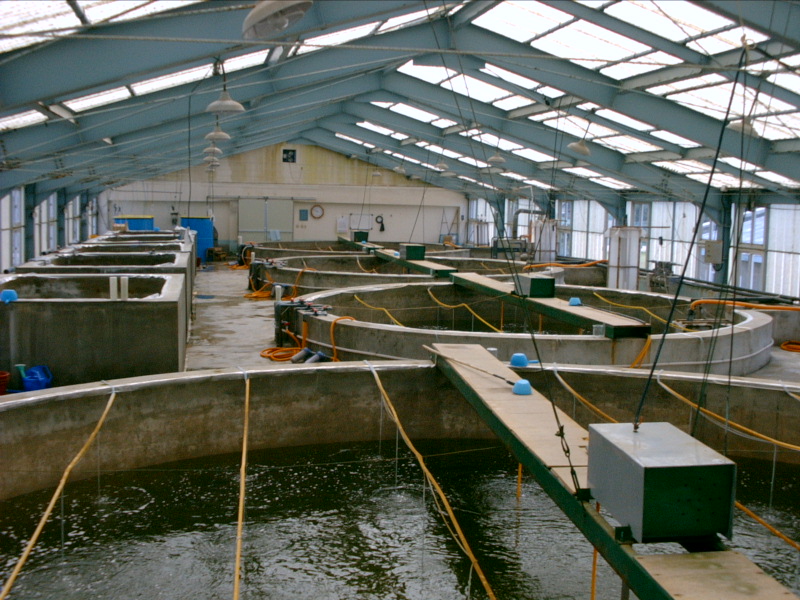
Freshwater Shrimp Farming:
To hold freshwater shrimps we need solid tanks, earthen ponds, or cages. They are extracted from nurseries or freshwater and made to rest in open water. It is a lengthy and time-consuming process.
Output
The profitability of the shrimp rearing is reflected through the high production, less investment of money, high profits earned, and the market price. This in turn is proportional to some factors narrated below:
Fry nursing:
The core cause behind shrimp fatality is mal handling. During translocating them you should be a bit careful. To avoid such a situation the baby fry is initially stocked in nurseries for about a month and then shifted to respective ponds. Let’s understand this.
The nursing of fry can be executed in concrete tanks. These tanks are repleted with fresh and clean seawater, induced with certain minerals to keep up the water quality. It is generally, beneficial to use plastic netting to widen the area a bit as the tiny larvae are in a habit to cling to the corner and bottom tank area.
When nursing through ponds, a fine transparent sheet or screen has to be placed to curb the entry of other organisms fatal for the larva. A net cage can also be used to stock fry, which keeps on floating in the water because of the wooden frame as a base.
Also Read: Biofloc Fish Farming – A Complete Guide
What do shrimp eat?
The market is flooded with a lot of nutritious food for shrimps, a bit expensive. This is the reason the small farmers could not afford them. But this is no more a reason to worry.
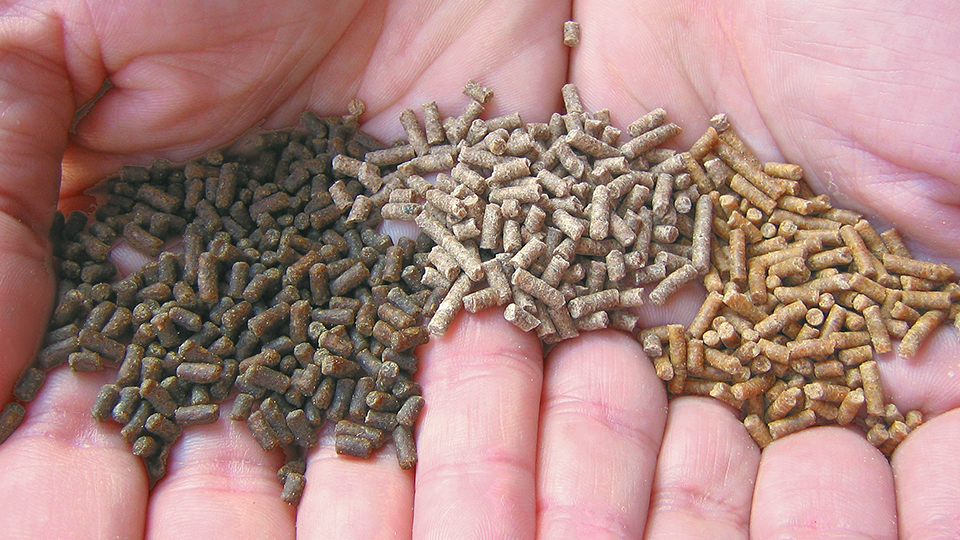
A protein-rich diet can be prepared at home by using cow dung with some almonds and corn added to it. This can be given thrice a day to the shrimps. Therefore, what do shrimps eat is not a big issue anymore.
Disease and Cure
Some of the diseases that are a threat to shrimps are White Spot Syndrome Virus, Yellowhead Disease Virus, Taura Syndrome Virus, Infectious Hypodermal and Haematopoietic Necrosis Virus, and Vibrio Harveyi. Perfect water quality should be maintained to avoid these types of diseases.
Harvesting
Market demand and price are also deciding factors for harvesting apart from shrimp condition. A cast net is used to trap fry according to their weight, shape, and size. This is a must to note that at the time of harvest, the shell size should be around 5% in water.

The harvesting should be done after a week if the shrimp has gained 30 grams of weight. Those shrimps collected should be stored in cold storage or sent for processing within 10 hours of harvesting time. It is advisable not to harvest shrimp at the time of molting as they have soft shells which fetch a low price.
Tips to increase the rate of shrimp farming
With the evolution of time, shrimp farming has gained popularity. More farmers are attracted to it. But it is a challenge to increase productivity, and still, people are looking for ways to increase productivity.
Below are some ways to increase shrimp farming:
- Ensuring a high protein diet: Actually, it is very essential to give a highly nutritious and protein-rich diet to the shrimps. The resultant is a healthy and fast grown-up shrimp. Qualitative care is a must to get higher yields.
- Expert management: High-level expertise is needed to monitor shrimp growth. To expand the production rate, rigorous efforts have to be put in.
- Water management: Fix water level needs to be maintained, with quality on priority. If the water quality is compromised, shrimps won’t grow well. Continuous cleaning and flushing of contaminated water should be done to ensure healthy shrimps.
- Adding good supplements to diet: There is an ample number of supplements flooded in the market. If you can’t afford them, you can prepare one for yourself. Rice mill sweeps, corn, wheat, and animal protein can be added to the diet.
- Proper air supply should be there. Fresh and atmospheric air is important for shrimps.
Is shrimp farming profitable?
After going through the facts and figures narrated above, you must have got a complete analysis of how to proceed in this direction. Now, the main thing of concern is, whether to get yourself engaged in this field or not? You must be glad to know, in today’s era this is a hot trendy business.
Apart from non-vegetarian food, even sea-food has gained importance in these past years. People are more attracted to this. This is why shrimp farming is a flourishing market. To rule the market, you just need to careful regarding certain points mentioned above. You can be the king here. This will surely earn you high profits as it has huge market demand.
Go ahead with your own shrimp farming business and make more riches.

